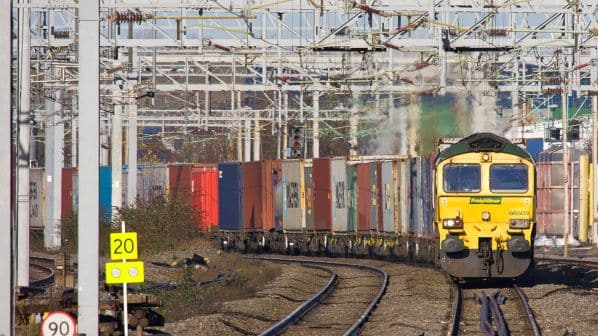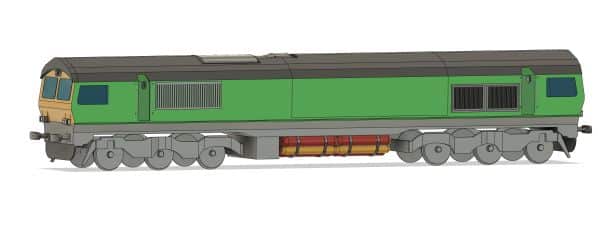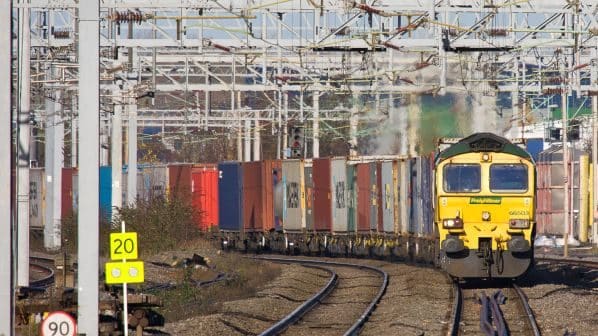BRITAIN’S railway industry has published its Sustainable Rail Blueprint under the leadership of the Rail and Safety Standards Board (RSSB) and commissioned by the government. Hailed as the first unified plan for improving rail sustainability, it outlines how the railway will implement the British government’s 2021 Rail Environment Policy Statement in practice.
The British government wants to see all diesel trains removed from the network by 2040. The railway industry should achieve net zero carbon emissions no later than 2050, while air quality compliance needs to be achieved by 2030, followed by biodiversity net gain by 2035.
The targets set by the Scottish Government are more onerous, with diesel trains to be withdrawn by 2035, and net zero achieved by 2045.
The Sustainable Rail Blueprint identifies 11 topics that the sustainability concept intends to cover, with strategic objectives defined for each topic:
- net zero carbon rail
- clean air
- a quieter railway
- preparation for climate change
- supporting a thriving natural environment
- zero waste
- protecting and conserving water
- maximising social value
- a railway that engages and empowers its communities
- providing good jobs and supporting sustainable economic development, and
- being inclusive and accessible.
The report describes how to achieve these goals, including such ambitions as fully integrating rail “as part of a sustainable, joined-up transport system to support the shift of people and goods onto railways,” and establishes the need to accurately measure, collate, and report data that shows what progress is being made.
The Sustainable Rail Blueprint also outlines what the different players within the rail industry need to do in order to achieve these goals. Operators need to “work with the wider rail community to agree and implement solutions needed to enable decarbonisation,” while suppliers and manufacturers must ensure that new rolling stock takes all the report’s 11 topics into consideration, ranging from sharing carbon data across the industry to ensuring that their employees are healthy and well paid.
However, the report does not make any detailed instructions or provide more closely defined criteria. Neither is there any information on whether there will be any such guidance or if it will be up to industry players themselves to decide what constitutes compliance and whether they have achieved it.
In addition, the report does not set out a detailed plan for further electrification of the national network, of which currently only 38% is electrified. Instead, it will be up to the Great British Railways Transition Team (GBRTT) to identify replacements for the diesel traction that must be phased out.
“This includes targeted electrification of lines and maximising the value of alternative rolling stock solutions,” the report says, suggesting that bi-mode, battery, hydrogen and sustainable fuels are “likely to play an increasingly important role.”
The blueprint was described as “a living document” by Angel Trains CEO, Mr Malcolm Brown, at the launch of the document on November 14. Brown, who chaired the Sustainable Rail Executive that has overseen the production of the report, also said that an update will be provided in around 18 months’ time to reflect changes and progress.




